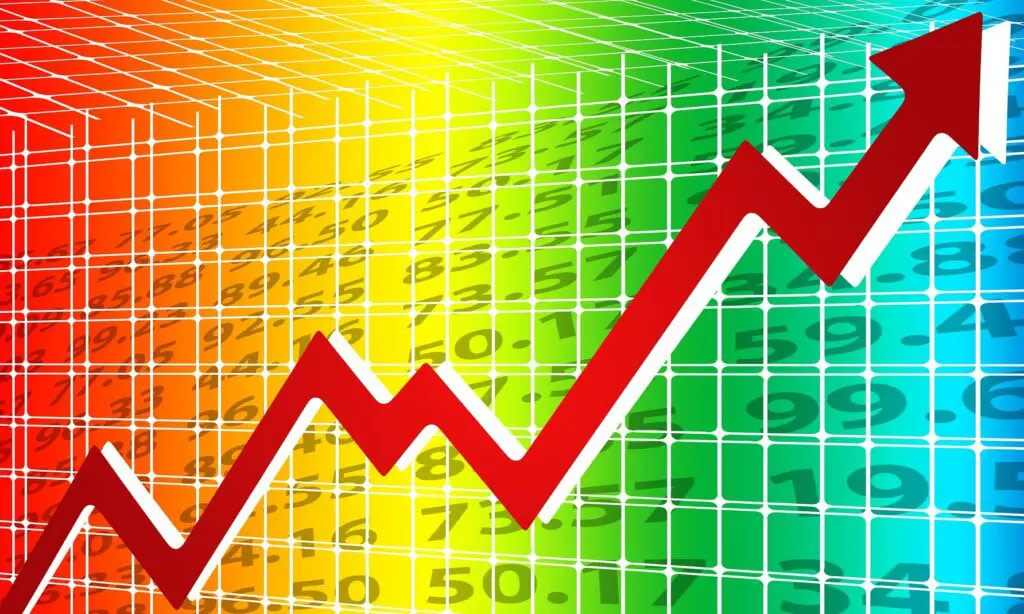ESG Exchange-Traded Funds Gain Popularity in Sustainability Investment

With sustainability targets a significant focus for businesses across the world, along with ways to fund those efforts, ESG-based exchange-traded funds are another option in a growing lineup of financial tools available for green transitions.
According to United Kingdom-based financial services company Hargreaves Lansdown, investors are increasingly backing what it calls “megatrends” in exchange-traded funds (ETF) and ESG financing. ESG ETFs represented 42% of the total European ETF flows over the second quarter of 2022.
The company says since the beginning of 2017, the number of clients holding ESG ETFs has grown by more than 700%. A little more than 9% of its total client base held ETFs as of June 2022.
The increased interest in ESG ETFs has been driven by benchmarks such as the Paris Aligned Benchmark and Climate Transition Benchmarks from index providers like MSCI and FTSE. They include stocks that are committed to reducing carbon emissions.
According to Financial Industry Regulatory Authority, a government-authorised, not-for-profit organisation that oversees US broker-dealers, ETFs combine aspects of mutual bonds and traditional stocks. Like mutual funds, ETFs are pooled investment funds that give investors a professionally managed investment portfolio. They are like stocks, though, in that ETF shares trade on stock exchanges and can be bought or sold at fluctuating prices, FIRA says.
According to ETF.com, ESG ETFs in the US have $152.85 billion in assets under management. The largest ESG ETF is the Vanguard Information Technology ETF VGT, with $48.55 billion in assets, the website says.
Less than 20 years ago, there were fewer than 291 ETFs available to investors, Hargreaves Lansdown says. Now there are more than 9,000 offering a range of investment opportunities.
The ESG ETFs add to several financing options available to investors and businesses in terms of ESG and sustainability targets. Those can include green bonds, green loans, sustainability-based revolving credit, equity capital markets, and more.
In 2021, sustainable debt alone topped $1.6 trillion. That pace has fallen off some this year, but sustainable bonds, for example, still registered more than $422 billion through the first half of 2022, according to Refinitiv. According to a Bloomberg report, ESG ETF investing also has flattened this year after significant growth since 2019.
Featured Article: Top 8 Best ESG Funds for Responsible Investors in 2023
Hargreaves Lansdown says ESG ETFs can lead to business opportunities.
For example, an ETF focused on carbon reduction will give investors more exposure to companies making progress in terms of those goals as opposed to businesses in that industry that are not. These businesses are also less likely to be impacted by future climate policies and more likely to be exposed to opportunities such as government sustainability incentives, Hargreaves Lansdown says.
“As ETFs have historically taken a whole-of-market passive approach, investing bespoke ESG indices through this wrapper is blurring the divide between passive and active investing,” says Alexander Watkins, passive investment analyst at Hargreaves Lansdown. “Fund managers are also increasingly expected to engage with the fund’s underlying companies to improve their ESG credentials.”
Source: Environmental Leader
For more investor-related news

